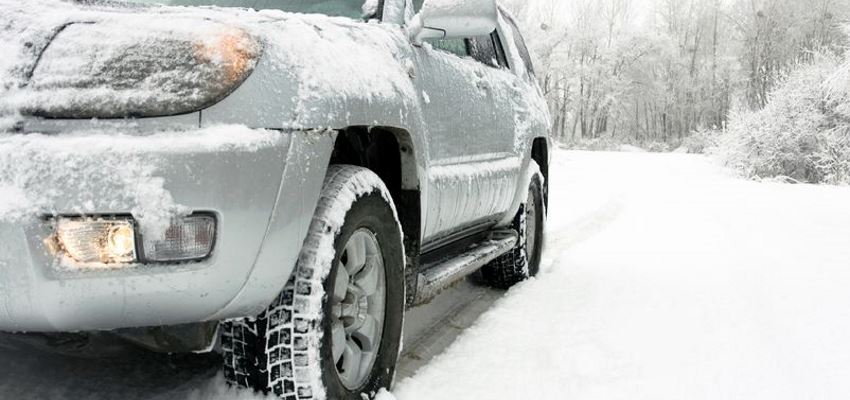Why Detail your Car for the Winter?
Recently, Connecticut saw some significant snow for the first time in 2014. A certain sign that winter, maybe not officially, is here.
And winter means weather – the kind of weather that makes everything about your life that more difficult. From getting to and from work work to trekking out to the mailbox, winter can make every little task bit arduous. And nothing takes the strain of this tough environment more than your car.
Simply put, if you don’t prepare your car for winter, you increase the likelihood of your vehicle taking on sand/salt damage or even rust.
Snow and ice are a threat, but the factor that has the greatest potential to damage your car is the road salt that gets distributed to keep roads open and usable through the winter months. Even the DMV and Connecticut Mechanics knows how damaging the road salt can be.
Last winter was particularly bad in this country, and as a result US officials applied more than 17 million of tons of salt to roads across the country. This significantly reduces the chance of a crash, but with some negative side effects. Salt is a corrosive agent, and exposure to excessive amounts can have some serious, long-lasting repercussions.
The number one danger: Rust.
The same effect that allows salt to mix water in order to lower its freezing point – the whole reason for spreading salt on the roads in the first place – also means that exposure to salt lets moisture gather on the underside of your car. Prolonged exposure can have some very nasty consequences for the underside and body of your car.
This damage is unavoidable unless you take special precautions in advance, before the snow hits and it is too late. The best thing you can do is plan ahead. Thinking ahead mean preparation, and the best way to prepare is to coat the body of your car in specialised wax sealant.
Pay a visit to M&M Auto Detailing and we can advise you on what is needed. In most cases the application of a high quality synthetic polymer sealant or a high quality natural carnauba wax will prevent your car for the corrosion and rusting that would otherwise occur.
The undercarriage is the most susceptible are to damage – in particularly brake and fuel lines. If they are affected by corrosion the consequences could be a lot worse than a bit of rusted paintwork, your car could become unsafe to drive!
This is why it is important that the undercarriage receive special attention when it comes to sealing – which is why you should always visit a professional detailer for this process whenever possible.
Of course all of this is only part of the process. It is important to clean the car carefully thoroughly before the wax is applied, and that the car is cleaned regularly and thoroughly throughout the winter. Many car washes in the “snow belt” offer steam cleaning and undercarriage cleaning as well as traditional car washing, but it’s even better to return to the detailer where you received the initial wax treatment, if you can.
All cars are vulnerable to this damage, but vintage or classic cars – which predate modern protective paintwork – are the most at risk. If you have a car from yesteryear that you’re trying to preserve as near to mint condition as possible, a professional treatment – with special attention given to for exposed surfaces in wheel arches and beneath the car (including springs, damper bodies, brake callipers, control arms and the sub-frame itself) – is an absolute must.
Don’t leave it too late now. Act now, before winter sets in, before the damage is done. Washing and waxing is proven to reduce salt and rust damage, so for anybody who cares about the health of their car, the process is a must.

